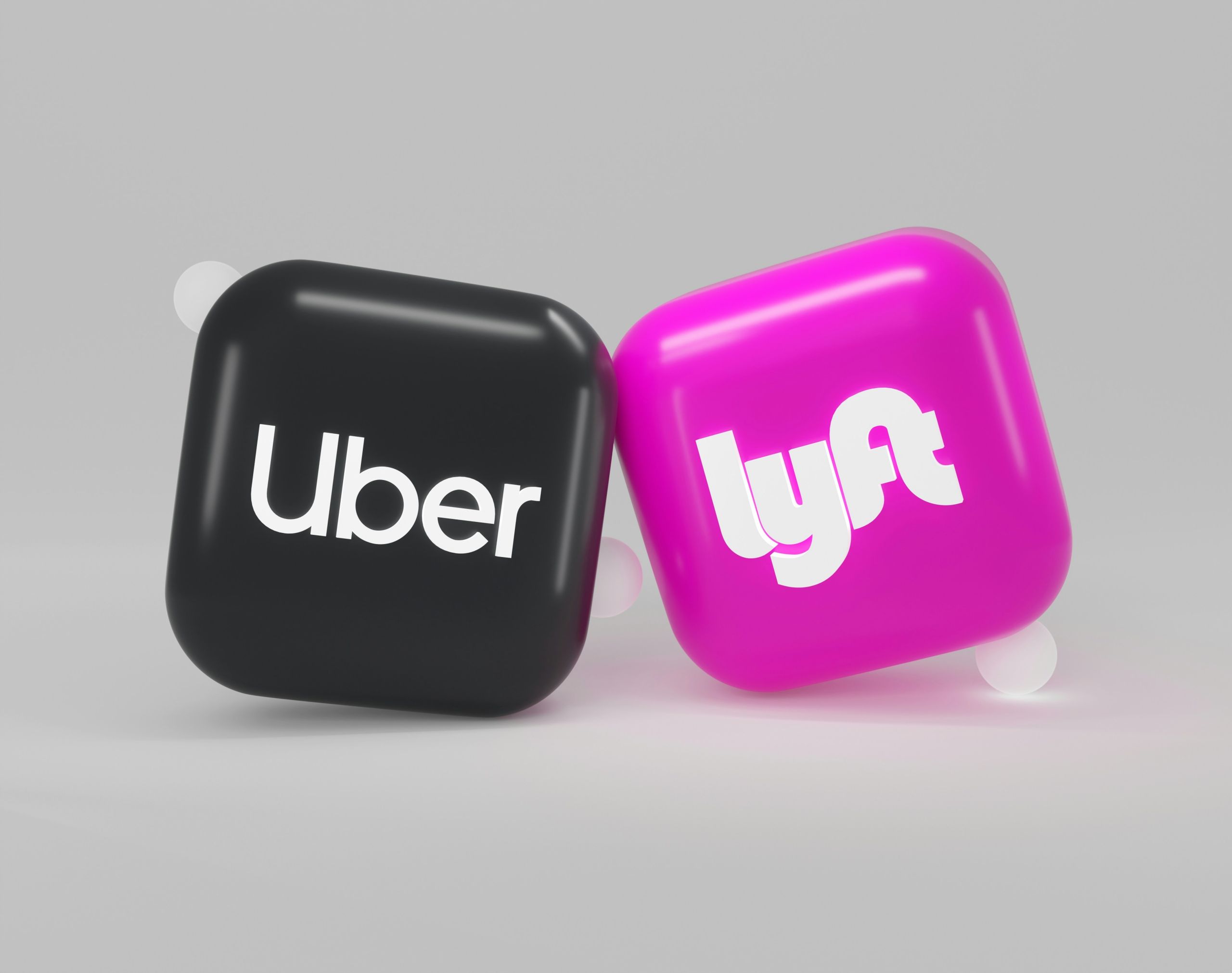
The debate between Uber vs. Lyft has been ongoing for years, and in 2025, the competition is fiercer than ever. Both companies have introduced new policies, pay structures, and incentives to attract and retain drivers. But as a rideshare driver, your main concern is simple: Which company pays more and treats drivers better?
In this in-depth comparison, we break down everything you need to know about Uber vs. Lyft in 2025, from earnings potential to driver support, perks, and overall treatment.
Earnings: Which Pays More in 2025?
Arguably the most critical factor for any rideshare driver is earnings. Uber vs. Lyft have both made changes to their pay structures, but which one offers the best take-home pay?
- Base Pay & Per-Mile Rates: As of 2025, Uber continues to dominate in high-demand areas with better per-mile rates, while Lyft offers competitive pay but often falls short during non-peak hours.
- Surge Pricing & Bonuses: Uber’s surge pricing is more dynamic, rewarding drivers in busy areas. Lyft’s Prime Time still exists, but it’s often less lucrative.
- Incentives & Promotions: Lyft has increased its weekly streak bonuses and guarantees, making it attractive for consistent drivers. Uber, on the other hand, provides better long-distance trip incentives.
- Average Hourly Earnings: Across major U.S. cities, Uber drivers report earning between $25-$40 per hour, while Lyft drivers make slightly less, averaging $22-$35 per hour.
Flexibility & Scheduling: Which Gives You More Control?

Both Uber and Lyft allow you to work on your schedule, but there are subtle differences.
- Uber’s Advantage: Uber’s algorithm prioritizes active drivers and offers better trip bundling, which means less waiting time between rides.
- Lyft’s Strength: Lyft drivers report fewer cancellations and better trip transparency, meaning fewer surprises during rides.
- Drive-Pass & Priority Access: Uber introduced a new feature called Drive-Pass, allowing drivers to pay a monthly fee for reduced commission rates, which can be a game-changer for full-time drivers.
Driver Support & Policies: Who Treats You Better?
Let’s face it: being a rideshare driver comes with challenges. From deactivations to passenger disputes, Uber vs. Lyft handle driver support differently.
- Deactivation Policies: Both companies have tightened their deactivation policies, but Lyft tends to give drivers more warnings before permanently removing them.
- Customer Support: Uber’s in-app support has improved, offering quicker response times. However, Lyft’s personal touch and better customer service still win drivers over.
- Insurance & Safety Features: Both companies offer similar insurance coverage, but Uber provides better real-time safety tracking and emergency response features.
Vehicle Requirements & Costs: Which Is More Affordable?
Owning and maintaining a vehicle for rideshare can be costly. Uber vs. Lyft have different standards.
- Vehicle Age Restrictions: Uber allows slightly older vehicles compared to Lyft, making it easier for new drivers to start.
- Rental & Lease Options: Lyft’s Express Drive rental program offers unlimited mileage, while Uber’s partnerships with Hertz and Avis provide more car variety.
- EV & Hybrid Incentives: Lyft has made a bigger push for electric vehicle (EV) adoption, offering better incentives for EV drivers compared to Uber.
Rider Volume & Demand: Who Keeps You Busier?

Getting more rides means more earnings, and in 2025, Uber still leads in total ride volume.
- Market Share: Uber has more riders globally, giving drivers better trip consistency.
- Airport & Business Travel: Uber dominates airport rides, while Lyft remains popular for short, urban trips.
- Long-Distance Trips: Uber offers better incentives for long trips, making it the better option for highway-heavy drivers.
The Verdict: Which Is Better for Drivers?
So, when it comes to Uber vs. Lyft, which is the ultimate choice for drivers in 2025?
- Best for Maximum Earnings: Uber
- Best for Consistency & Transparency: Lyft
- Best for Full-Time Drivers: Uber (especially with Drive-Pass)
- Best for Part-Time Drivers: Lyft (due to better scheduling flexibility)
- Best for Driver Support: Lyft
Ultimately, many drivers choose to drive for both Uber and Lyft to maximize their earnings and flexibility. If one platform is slow, they can switch to the other.
Need Fast Cash Between Payouts? Fundo Has You Covered
As a rideshare driver, cash flow can be unpredictable. If you need a financial boost between payouts, Fundo provides Merchant Cash Advances of up to $10,000—no credit check required! Whether you need funds for vehicle repairs, gas, or unexpected expenses, apply now and get access to the cash you need when you need it most.
Drive smart. Earn more. Stay ahead. Apply today with Fundo!
Disclaimer:
Fundo offers Revenue Based Financing programs exclusively for business use. Any references to loan products, consumer products, or other financing forms are solely for marketing and educational purposes, aiming to differentiate Fundo's product from other similar financing options in the market.
